

How Does a Caffeine Nap Work?
Our desire to sleep is dependent on two processes: homeostatic sleep drive and the circadian alerting signal. Sleep drive refers to the fact that the longer you’re awake, the sleepier you’ll become.
This is due to the accumulation of a chemical in the brain known as adenosine. Adenosine is a normal byproduct of metabolism. Our body cells use adenosine triphosphate as their main source of energy, with the leftover component being adenosine. The longer we stay awake, the more energy we use and the more adenosine accumulates in the brain.
Sleep is, for the most part, a way of clearing away the accumulated adenosine. By morning, after a good night’s sleep, the levels have decreased, and start increasing again with prolonged wakefulness. If you only manage four hours of sleep one night, you will wake up feeling tired still as you have not had sufficient time to clear out the adenosine. It’s important to recognize that even short periods of sleep may reduce adenosine levels. Therefore, a quick nap may reduce sleepiness and increase alertness.
When caffeine is coupled with a nap, these effects are enhanced. Caffeine independently works to block adenosine, the signal for sleepiness. This is how it acts as a stimulant and helps us feel more awake even if we haven’t slept. As a result, a caffeine nap pairs two interventions that are known to reduce tiredness. Research has demonstrated that this combination is more effective than either by itself at improving measures of alertness.
When Should You Take a Caffeine Nap?
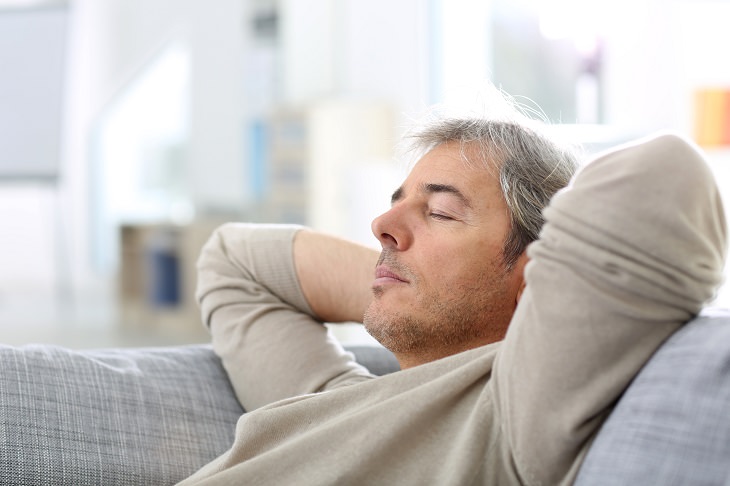
You should consider taking a caffeine nap when you feel extra tired during the day. For most of us, this may correspond with a natural dip in the circadian alerting signal that occurs in the afternoon, often between 1 and 3pm. Incidentally, this is why some societies observe siesta time in the early afternoon (which is often the hottest part of the day.
To avoid insomnia, it’s best to avoid taking a caffeine nap later in the day or near bedtime. Caffeine is metabolized by the liver, and about half of it will be eliminated in 5-6 hours, so you might want to avoid it beyond the later afternoon if you’re prone to insomnia.
Other Ways to Avoid Daytime Sleepiness
If you are always sleepy during the day, it’s probably due to inadequate sleep quality or quantity. Sleep deprivation will often occur in adults who get fewer than 7-8 hours of sleep per night. Try to get adequate hours of sleep at night, keeping your sleep schedule regular, and make sure to get 15-30 minutes of morning sunlight upon wakening.
Remember that caffeine is no substitute for sleep. Though it may mask the symptoms of sleepiness, the effects are temporary. Therefore, if you are routinely feeling sleepy during the day, you should go see a doctor to find out how your sleep can be improved.
Source: verywell
Images: depositphotos
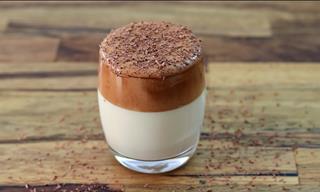 2:55
2:55
Have You Ever Tried Whipped Coffee?
This delectable whipped coffee is the stuff of dreams!
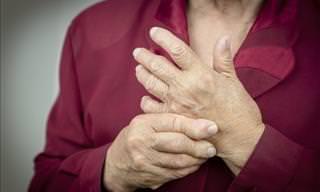
Do You Have Arthritis? These Tips Can Help Ease the Pain
Though you can’t always prevent arthritis, there are some things that you can do to help reduce your symptoms if you have it. Here are 8 of them!
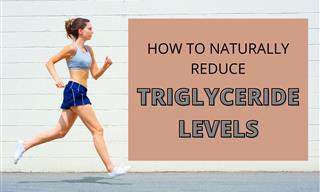
How to Reduce Blood Triglycerides? 8 Expert Backed Tips
High levels of blood triglycerides raise the risk of heart disease. These simple lifestyle changes could help you manage your triglyceride levels much better.

Scientists Discover a New Benefit of Drinking Coffee
Your coffee drinking habit is healthier than you think. Scientists have recently discovered one more reason to enjoy a daily cup of coffee or two.
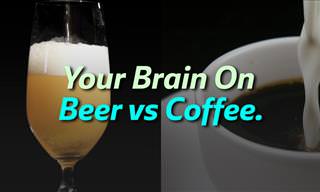
This Is What Your Brain Looks Like on Both Beer & Coffee
Find out all about how beer and coffee can both help and hinder our mental capacities with this awesome video.
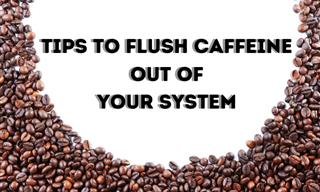
Coffee Jitters? 7 Ways to Get Caffeine Out of Your System
Had too much coffee and woke up feeling jittery? You are likely suffering from caffeine overdose and these tips will help.

Not Sure What to Do This Valentine's? Try These 9 Ideas
Not sure what to do this Valentine's? Here are 9 ideas you could try:
 3:54
3:54
Shoveling Snow This Year, Use This Great and Simple Trick
Got a lot of snow to shovel? Here's the easiest and safest way to do so.

DIY Secrets: Make Your Own, Home-Made Ziploc Bags!
This video will teach you how to make your own home-made Ziploc bags.

7 Scented Flowers for a Sweet Smelling Home
Opt for these beautifully scented flowers as opposed to air fresheners or candles for a better smelling home.
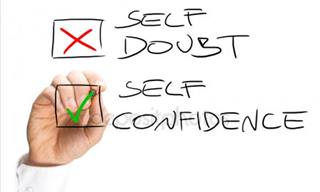
Read These Tips and Banish Your Self-Doubt for Good!
There are small things that we can do to help conquer self-doubt and this infograph reveals all.

These Cosmetic Products are Chemical Free & Cheap to Make
Ready-made cosmetics may be convenient, but not only are they expensive, they tend to contain toxic products. Here are 8 products you can prepare yourself.

Natural Pest Control - 10 Ways to Get Rid of Various Pests
In this article, we list 10 natural remedies that will help you get rid of various pests, as well as several handy tips to control and prevent pest infestations.
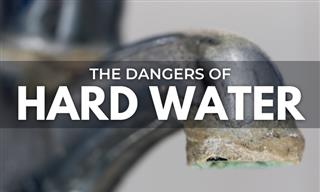
Hard Water - 9 Ways It Affects You and Your Home!
Not all water is the same. Hard water can have a negative effect on your budget, home, garden, and even your body.
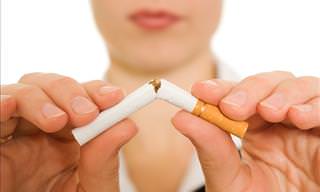
Quit Smoking with These 10 Unconventional Tips
Giving up smoking is difficult, but not impossible - especially if you use these 10 unconventional tips.

These Little Acts Can Greatly Help Someone With Dementia
Here are a few small steps that you can take to help someone with dementia.

Everyday Hacks That Will Make Your Life So Much Easier
Try some of these ingenious everyday life hacks featured here. They are sure to simplify your life.
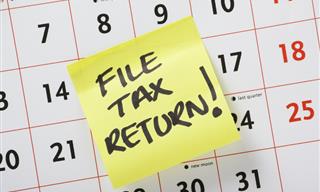
The 7 Biggest Mistakes You Can Make While Filing Taxes
Tax season is here. Make sure you don’t end up making these filing mistakes.

23 Simple & Helpful Life Tips Everyone Should Know
Quick and simple tips that will help you handle many of life's more irritating moments...

9 Ways to Exercise for People Who Don't Like to Exercise
9 ideas for ways you can stay in shape even if you hate exercising.

Cut These 8 Expenses After Retirement to Save Money
Make sure you avoid spending on these things during your retirement years.
 14:05
14:05
33 Things You Never Knew Your Toothpaste Could Do
Your toothpaste is more versatile than you thought.

Stunning! The Evolution of Beauty From 1952 to Today
Our definition of beauty may change as years go by but these pictures prove that true beauty is timeless.

10 Household Items You Should Disinfect Every Day
Here is a list of 10 essential household things that you simply must disinfect during the winter months.
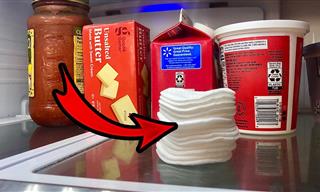 1:49
1:49
Sanitize and Diminish Odors in Any Space in 1 Minute
This tip will deodorize and sanitize the air in any fridge, cabinet, or any other small space.

GUIDE: What to Watch Out for When Buying Wooden Furniture
To help you become an expert in the subject, we’ve prepared the following guide to teach you everything you need to know about wooden furniture.

10 Effective Ways to Boost Hair Shine
We’re all after beautiful glossy hair. Follow these tips to bring back the shine and silkiness to your locks.
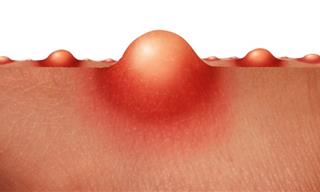
Banish Your Skin's Pimply Blemishes with These 8 Remedies
You thought and hoped you'd left those acne ridden days behind you. Well with these 8 home-remedies you may finally be able to enjoy pimple free skin.

11 Common Phrases That Could Be Ruining Your Conversations
These common phrases are more passive-aggressive than you think.

Learn About 12 Popular Spices in Their Natural Form
We've gathered 12 very common spices and included photos showing them as plants blooming in nature.
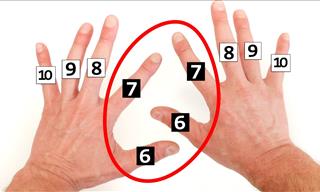 3:10
3:10
How to Do Multiplications With Your Hands!
This simple mathematical trick is a great little tip to have when you need to make quick multiplications, or when you want to teach a child something neat!
 9:55
9:55
Shop Smart! How to Recognize Good or Poor Quality Clothes
This informative guide will explain the 5 major ways of spotting a poor and high quality garments

This is Why Paper Towels Are an Invaluable Necessity
If you're only using your paper towels to mop up the occasional kitchen accident, you're sure missing out. Here are 6 other uses for paper towels.

How to Cultivate Peace in a Busy World: Mindful Living
Mindfulness, rooted in various cultural traditions, emphasizes living in the present moment, which can profoundly impact our mental and physical well-being.
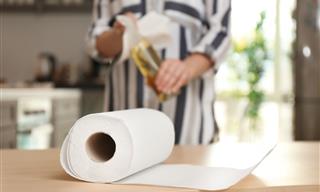
7 Items You Should Never Clean with Paper Towels
As useful as they are, paper towels are not fit for any task. Here are 7 items you should never clean with paper towels.

Wrinkle Repair: At-Home Treatments and In-Office Procedures
In this article, we'll discuss neck and facial wrinkles and all the ways to treat them.
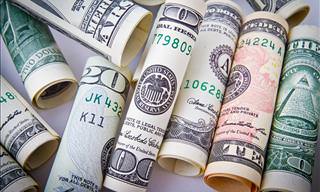
Need More Money? These 8 Tips Are What You're Looking For
Need a little extra income? Here's how you can do it without leaving your home.
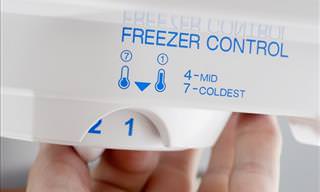
Use Your Freezer to Clean These 7 Items of Clothing!
This may sound absurd, but there are actually a lot of benefits to putting your clothes in the freezer, especially when it comes down to certain pieces of clothing in your wardrobe. Check them out here!

These Cuts of Meat Aren't Popular, But They're Tasty!
Instead of tossing away all those meat parts that aren’t specifically called for in the recipe you’re following, save yourself some money and cook them up!

10 Surprising Items You Can Clean in the Washing Machine
The washing machine can be useful for more than just clothes. 10 surprising items you can clean in the machine with no trouble.
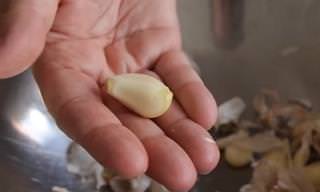 1:00
1:00
How to Peel a Garlic Head in 10 Seconds Flat!
Peeling this smelly (but delicious) vegetable can be tricky. However, thanks to this tip, you'll be able to do it in 10 seconds in future.

7 Sunscreen Mistakes You Didn’t Know You Were Making
Avoid making these common sunscreen mistakes this season.
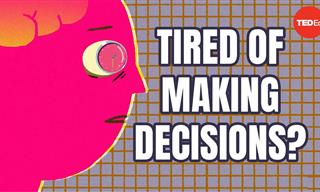 5:16
5:16
The Psychology of Decision Fatigue and How to Avoid It
Follow these tips to start making smart decisions quickly.
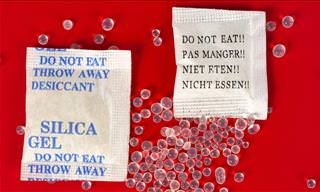
This Is Why You Should Never Throw Out Silica Gel Packets
Have you ever thrown away these bags of silica gel? Of course you have. But here are some reasons why you SHOULD keep hold of them...

15 Tips That'll Give You the Perfect Vegetable Garden
These 15 tips will definitely make your vegetable garden that much better...

You Don’t Need a Garden to Grow Fruits & Vegetables!
Why not grow your own produce in your own home?
 4:09
4:09
Why You Should Avoid Boiling Corn On the Cob
Corn on the cob is super versatile. You could steam it, grill it, or bake it. But one popular cooking method is best avoided - boiling. Learn why in this video.
To enable your Ad-Free Subscription, please fill the fields below
Your subscription was successful, now you can enjoy an ad-free experience!!
Note: To make sure you get no ads, please make sure to log in to your account. If you are logged in already, then refresh the page. The subscription can be cancelled at any time.


